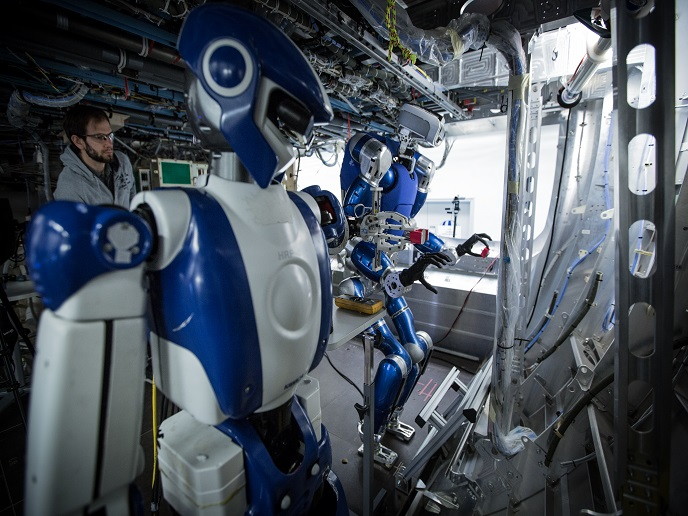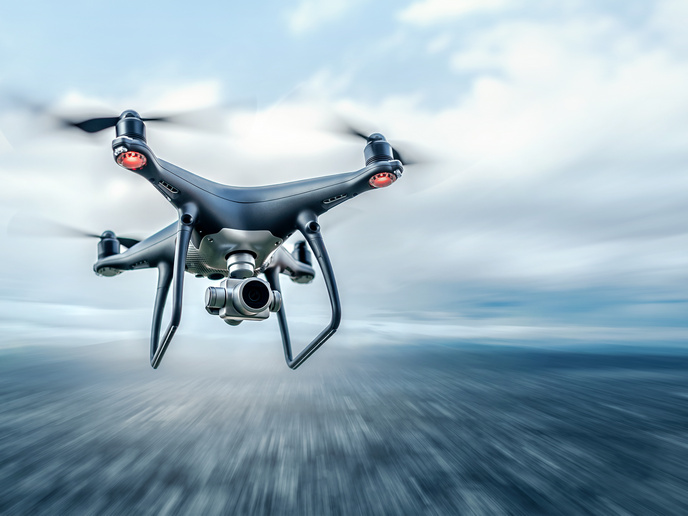Humanoids may soon conquer airplane assembly
Final assembly during large-scale airplane manufacturing is among the least automated sectors in the industry due to difficulties with the workspace. Inside and around the fuselage, space is limited and obstacles are numerous. Furthermore, human hands and brains cannot be eliminated from added-value tasks, requiring humans and robots to move around this confined space together. All of this adds technical and safety barriers to the automation of the final assembly process. The EU-funded COMANOID(opens in new window) project set out to build a robot demonstrator capable of precise accessibility in the final-assembly workspace – a feature this industry is sorely lacking.
Safer bi-pedal robots that can ‘feel’ their way
Imparting human-like capabilities for accurately sensing the environment and making appropriate and precise adjustments were the key to success. First, the team endowed the robots with the ability to exploit multiple points of contact with workspace objects to achieve locomotion or manipulation, a concept known as multi-contact planning and control. According to project coordinator Abderrahmane Kheddar, this is akin to “exactly what humans do when we lean on our hand or knees to access a narrow space, to maintain equilibrium, or to increase the force we apply in a given direction.” Next, they made sure robot position information and force transduction were precise. An integrated camera and force-sensing system facilitated 3D dense simultaneous localisation and mapping (SLAM) together with advanced visuo-haptic servoing. Finally, COMANOID successfully increased the operational forces of the humanoid robots using additional contact to create closed kinematic chains. Common robots rely on so-called ‘open kinematic chains,’ chains of rigid bodies or links connected by joints, like your arm waving. However, people often exploit closed kinematic chains to increase applied force and get difficult jobs done. For example, to open a door that is jammed shut, a person places one hand on the door handle and the other somewhere on a nearby wall – essentially ‘closing’ the chain. As Kheddar explains, “the hand on the wall will constrain the motion of the torso to pull the door with a much higher force.” Kheddar and his team have imparted this ability to their humanoid robots.
Robotics milestone and the road forward
On 21 February 2019, for the first time in history, two humanoid robots accessed the Airbus civilian airplane manufacturing plant at Saint-Nazaire in France, successfully demonstrating COMANOID technologies. The momentous event was witnessed by key Airbus representatives including the factory head, decision makers, and automation engineers in addition to the COMANOID consortium and EC representatives. COMANOID partners are in discussions with European and Japanese end-user and provider companies on the path to commercial production. In the meantime, some of the key technologies for visual and haptic feedback-based motion control are already on the market. While the humanoid robots are maturing and evolving, expect to see the SLAM technology soon in your iPhones and iPads. Kheddar concludes, “The vision for humanoid multi-contact planning and control moved from a pure-research theoretical curiosity to a real application, with potential implications for European industry competitiveness and subsequently for society.”







